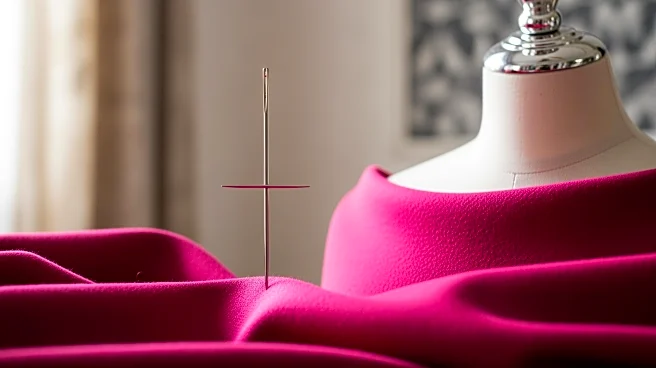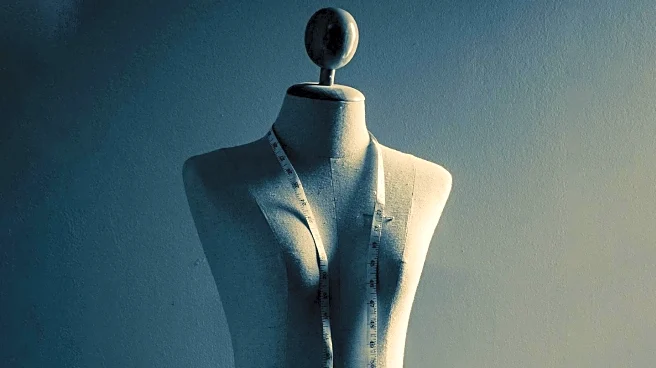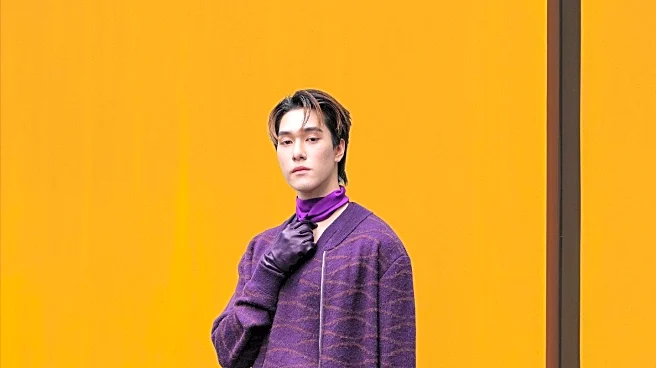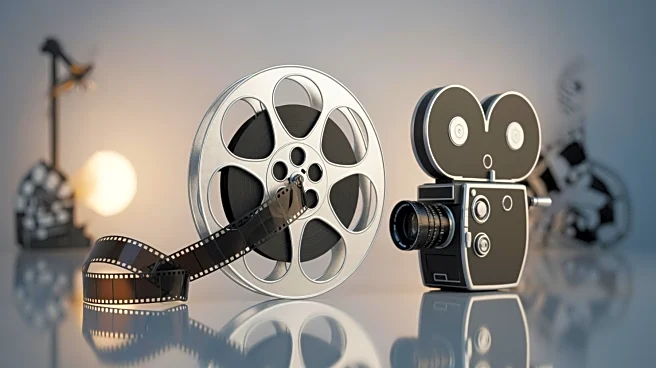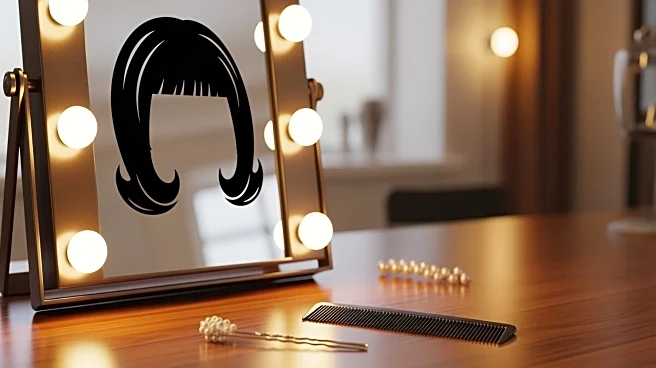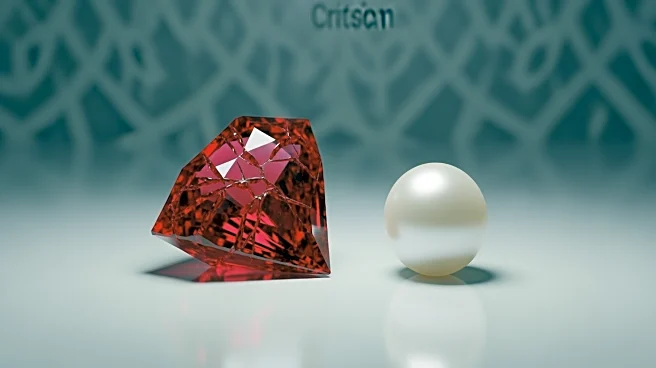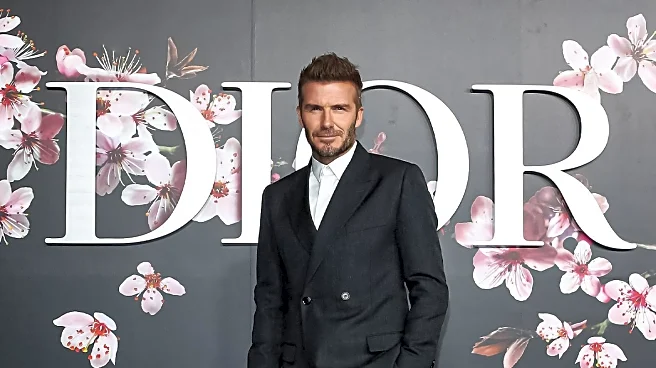What's Happening?
Carol Woolton's latest book, 'Costume Jewelry,' delves into the history and significance of costume jewelry, particularly its rise in 20th century America. The book showcases nearly 600 pieces from the collection
of Patrizia Sandretto Re Rebaudengo, an Italian contemporary art collector. Woolton highlights the craftsmanship and beauty of costume jewelry, which was popularized by pre-war European designers like Coco Chanel and Elsa Schiaparelli. The book also discusses the role of Hollywood in promoting costume jewelry, with stars like Joan Crawford and Jacqueline Kennedy wearing faux jewels both on and off-screen.
Why It's Important?
Costume jewelry has played a significant role in democratizing fashion, allowing people from various economic backgrounds to enjoy stylish accessories without the high cost of fine jewelry. This trend was bolstered by Hollywood's influence, as actresses showcased these pieces, making them desirable to the public. The book underscores the enduring appeal of costume jewelry, which continues to inspire designers and fashion enthusiasts. It highlights the cultural and economic impact of costume jewelry, which remains a staple in fashion due to its affordability and versatility.
What's Next?
The book's release may spark renewed interest in costume jewelry, encouraging collectors and fashion designers to explore its history and potential. As the fashion industry continues to evolve, costume jewelry could see a resurgence, driven by its accessibility and the nostalgia associated with vintage designs. Designers might draw inspiration from historical pieces, creating new collections that blend traditional craftsmanship with modern aesthetics.
Beyond the Headlines
Costume jewelry's role in fashion history reflects broader societal changes, including shifts in consumer behavior and the democratization of luxury. The book highlights how costume jewelry has challenged traditional notions of value and authenticity in fashion, offering a unique perspective on how accessories can influence cultural trends. This exploration may lead to discussions about sustainability and the future of fashion, as consumers increasingly seek affordable yet stylish options.


